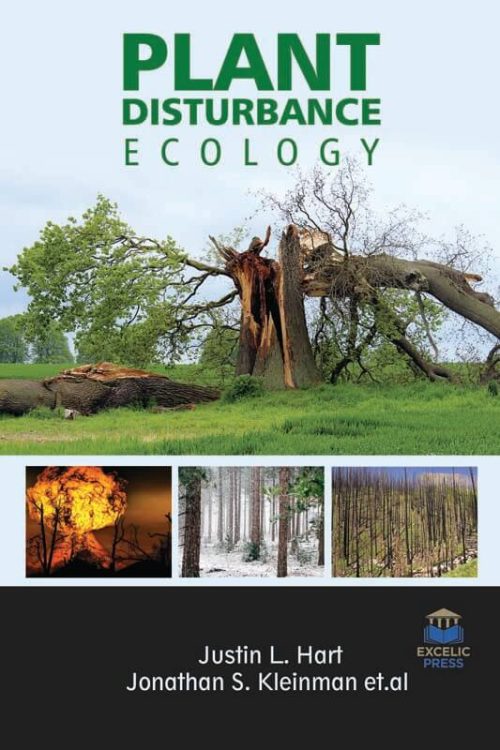Description
Natural disturbances over the last three decades have not only damaged man-made plantations, but also many forests in conversion and natural forests managed with uneven-aged Silviculture. In addition to global climate change, introduced pests and invasive species additionally represent a serious challenge for uneven-aged forestry. Indeed, massive areas while not canopy cover following additional severe disturbances could facilitate the unfold of introduced species, significantly shade-intolerant invasive tree species.
This book includes wide-ranging topics on the plant disturbance processes, their causes, and their effects on the environment and humans. In this book, we provide a review of intermediate-severity disturbances that includes proposed criteria for categorizing disturbances on the classification gradient. We propose that the canopy opening diameter to height ratio (D:H) be used to delineate gap-scale from intermediate-severity events and that the threshold between intermediate and catastrophic events be based on the influence of residual trees on the composition of the regeneration layer. We conjointly give samples of intermediate-severity disturbance agents, come back intervals for these events, and suggestions for incorporating natural intermediate-severity disturbance patterns in silvicultural systems.
In many parts of the world, forest disturbance regimes have intensified recently, and future climatic changes are expected to amplify this development further in the coming decades. These changes are increasingly challenging the main objectives of forest ecosystem management, which are to provide ecosystem services sustainably to society and maintain the biological diversity of forests. Yet a comprehensive understanding of how disturbances affect these primary goals of ecosystem management is still lacking. Here in this book, we attempt to describe and quantify the various effects of natural disturbances in a literature review and meta?analysis of disturbance impacts on a global scale.
Wind damage is a significant driver of forest structure, ecology and carbon cycling in both temperate and tropical regions, but most of the literature on wind damage focus on conifer plantations. The resilience and resistance of vegetation to disturbance events are a primary influence on ecological succession. Post-disturbance vegetation response and recovery reflect uncertainties in community composition, structure, and recovery trajectories. Wildland fire is an especially complicated disturbance agent because of spatial and temporal variability in fire severity can compound one another to produce highly variable outcomes. Consequently, this book focuses on fire severity and regeneration strategy that influence shrub patch size and structure following disturbance valued for all ecologists, forest researchers, and conservation biologists.





